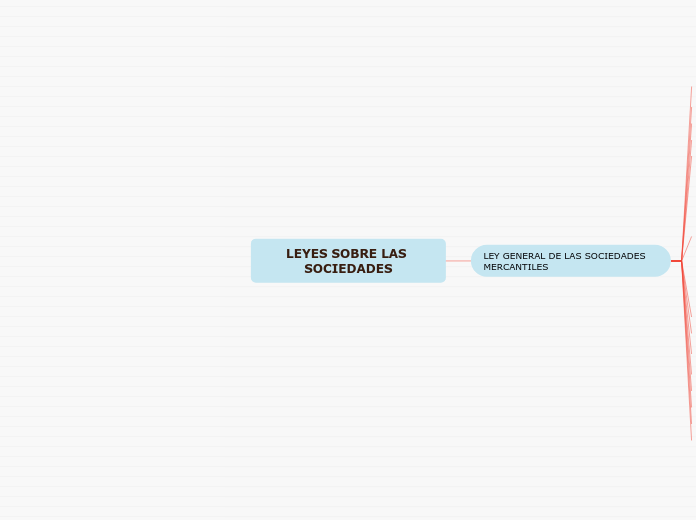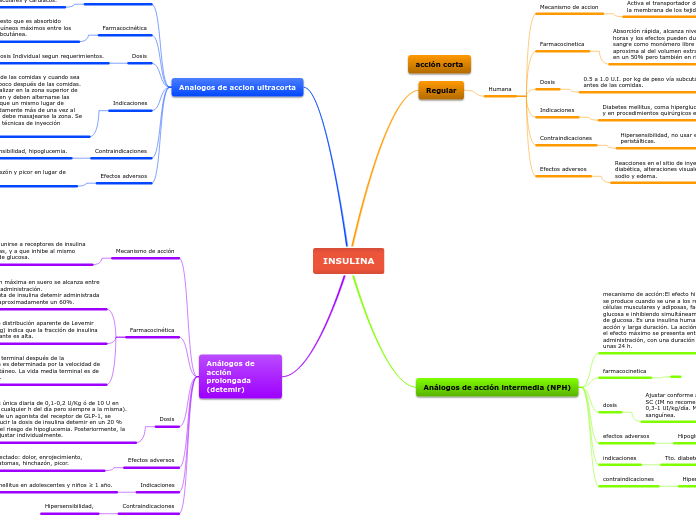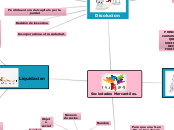LEYES SOBRE LAS SOCIEDADES
To name your story, you have to think about the overall message and what you want your audience to understand from the story. Also, make it relevant and easy to remember.
LEY GENERAL DE LAS SOCIEDADES MERCANTILES
In the beginning of the story (or the exposition), you will need to introduce the setting and characters. You might also want to introduce the main conflict. This part of the story is important because it gives the reader necessary background information and maybe even a first insight into a character’s personality.
CAP XIV
De la sociedad por acciones simplificadas
Art 260- Art 273
CAP XIII
De la asociación en participación
Art 252- Art 259
CAP XII
De la sociedades extranjeras
Art 250-Art 251
CAP XI
De la liquidación de las sociedades
Art 234- Art 249
CAP X
De la disolución de las sociedades
Art. 229-Art 233
CAP IX
De la fusión, transformación y escisión de las sociedades
Art. 222-Art. 228
CAP VIII
De la sociedad de capital variable
Art. 213- Art. 221
CAP VII
De la sociedad cooperativa
Art. 207-Art. 212
CAP VI
De la sociedad en comandita por acciones
Sección sexta DE LAS ASAMBLEAS DE ACCIONISTAS
Art. 178- Art 206
Sección quinta DE LA INFORMACIÓN FINANCIERA
Art. 172- Art 177
Sección cuarta DE LA VIGILANCIA DE LA SOCIEDAD
Art. 164- Art. 171
Sección tercera DE LA ADMINISTRACIÓN DE LA SOCIEDAD
Art. 142- Art. 163
Sección segunda DE LAS ACCIONES
Art. 111- Art 141
De la sociedad anónima
Art 87- Art 110
CAP V
CAP IV
De la sociedad de responsabilidad limitada
Art 58- Art 86
CAP III
De la sociedad en comandita simple
Art. 51- Art 57
CAP II
The setting (time & place) of a story can change throughout the plot.
De la sociedad en nombre colectivo
Your story can take place wherever your imagination will take you to.
For example: in an elevator, in an enchanted forest, etc. Don't forget to give details of the environment each time the setting changes, otherwise, the story can be confusing. Also, mention the seasons as each of them has unique weather and events.
Art. 25- Art 50
CAP I
Characters are essential to a good story. Usually, the protagonist(s) is/are the most affected by the plot. Introduce a character by focusing on their actions, interests, and occupation, as the physical appearance doesn't make a difference in most cases.
De la constitución y funcionamientos de las sociedades en general
Type in the name of your character.
Art. 1- Art. 24
Add other properties of the character.










